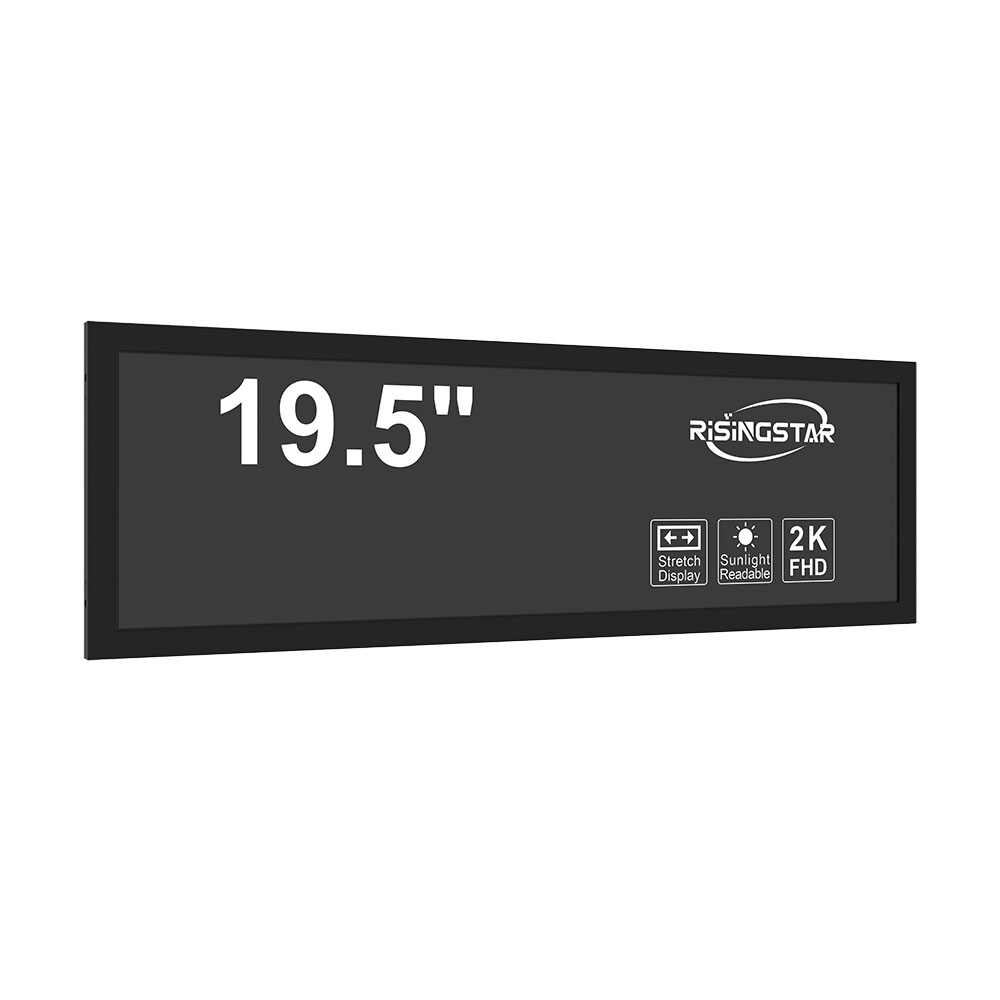- Home
- About Us
- Products
- News
- Video
- Contact
- Send Inquiry
Search
- Home
- About Us
- Products
- News
- Video
- Contact
- Send Inquiry

Outdoor LCD displays are widely used in advertising, transportation, sports venues, and public information systems due to their high brightness, durability, and visibility under sunlight. However, one of the most persistent visual defects that can degrade image quality is known as bright mura—a term derived from the Japanese word “mura,” meaning unevenness or inconsistency. Bright mura appears as visible patches or variations in brightness across the screen, even when displaying a uniform white image. This phenomenon significantly impacts user experience and brand perception, especially in professional settings where clarity and consistency are critical.
Bright mura typically results from manufacturing inconsistencies in backlight modules, LED light distribution, diffuser sheets, or optical films. For instance, if certain LEDs in the backlight array emit more light than others—or if there’s an uneven application of diffusion material—the result is localized bright spots or dark areas. In outdoor environments, where screens must operate in extreme temperatures, humidity, and direct sunlight, these inconsistencies become more pronounced over time. Studies by the Society for Information Display (SID) confirm that up to 30% of outdoor LCD failures can be attributed to brightness uniformity issues, many of which stem from undetected mura during production.
To address this, manufacturers now integrate advanced calibration techniques such as multi-zone local dimming and real-time brightness mapping. These methods use sensor arrays to detect and adjust brightness per pixel or sub-pixel group, minimizing the appearance of mura. Additionally, high-quality materials like uniform micro-lens arrays and anti-reflective coatings help maintain consistent luminance under varying environmental conditions. For example, a recent case study at a major European airport revealed that replacing legacy panels with those using adaptive brightness correction reduced bright mura complaints by 78% over six months.
From an end-user perspective, choosing outdoor LCDs with certified brightness uniformity (typically measured using ISO 13406-2 standards) is essential. Look for displays labeled as having “<5% brightness variation” across the panel surface—this indicates superior performance. Regular maintenance, including periodic brightness calibration and cleaning of protective covers, also helps extend the life of the display while preserving image integrity.

In conclusion, understanding and proactively managing bright mura is vital for deploying reliable outdoor LCD technology. Whether you're a city planner installing digital signage or a business owner investing in commercial displays, recognizing the root causes and solutions ensures both longevity and optimal visual impact. By selecting products engineered for precision and supported by robust testing protocols, stakeholders can confidently deploy screens that perform consistently—even under harsh outdoor conditions.